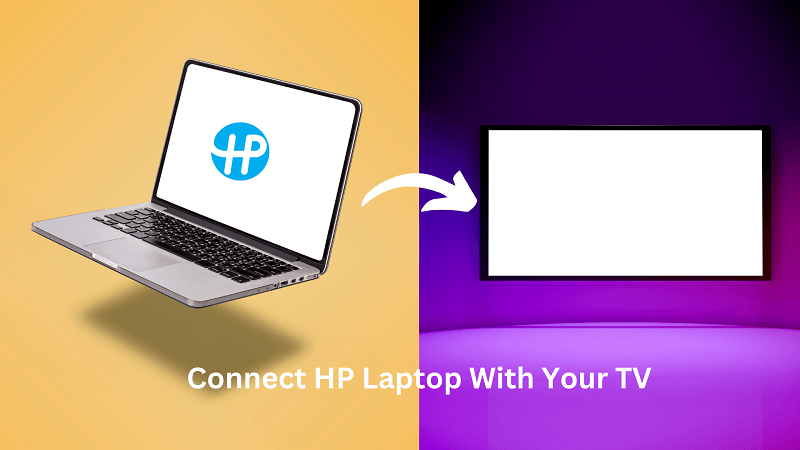CPSI EMR Software can be a great resource to help you improve your efficiency, but there are a few things you should know. These tips can help you use your software to its full potential.
Easy-to-Use Interface
CPSI EMR software offers a variety of services for patients, physicians, and other healthcare professionals. It’s designed to help rural community hospitals, acute care centers, and other organizations improve their patient care delivery. It includes electronic health records, cardiopulmonary, and physical therapy applications, and laboratory information systems. The platform is certified for Meaningful Use Stages 1 and 2.
With the CPSI EHR, you can manage appointments, record clinical and financial information, and track medications. The system also includes blood inventory and laboratory information systems. You can access these tools through a web portal. Another feature of the system is advanced payment options.
Aside from this, you can also get a streamlined process for ordering labs. The PatientClick e-Rx interface is a convenient tool that allows you to schedule, track, and store test results. This product is compatible with a number of popular labs, and it supports progress notes, drug interactions, and drug-age calculations.
One of the features of the Epic Patient Education activity interface is that it sends a clinician-initiated educational assignment to a third-party education content management system. The system also allows you to record ad hoc educational activities.
Aside from that, the Epic Order Interface allows you to create and edit orders, look up patient information, and more. You can also cancel and route orders to other systems. For instance, you can send radiology orders to Radiant and Cardiology orders to Cupid. You can also customize the interface to meet your organization’s specific needs. You can also build a provider record shell.
In addition, the ComPAS2 EMR Interface lets you receive and send bidirectional feeds of orders. This feature also has the ability to customize the format of your data and add properties to items. Another interface is the patient-level problem list. The interface works with a patient-level problem list, and it sends notifications to external systems whenever changes are made to the list.
Other interfaces include the alert manager and the Summit Scripting Toolkit. These tools allow you to automate processes and make the CPSI products easier to use. Overall, the CPSI EMR software is a good option for acute and ambulatory care medical practices in rural areas. But if you are looking for something more user-friendly, you might want to consider other options.
Certified for Meaningful Use Stages 1 and 2
If you are looking for an electronic health record (EHR) system that has been certified for Meaningful Use in Stages 1 and 2 you may want to consider CPSI EMR software. This EMR solution has been used by more than 650 hospitals in the United States. The latest version offers flexibility and features that help to improve patient safety.
The first phase of Meaningful Use focuses on data capture and the secure exchange of health information. Hospitals that meet the requirements can receive incentives from the State Health Information Exchange Cooperative Program. In the second phase of Meaningful Use, hospitals will work to enhance the exchange of health information. It also requires e-prescribing and assistive technologies.
As part of Stage 2, hospitals must use secure electronic messaging to communicate with patients. They will also be required to track key clinical conditions and share health information with other organizations. These requirements are expected to lead to improved care coordination.
According to the American Recovery and Reinvestment Act, providers can be eligible for incentive payments if they demonstrate meaningful use of a certified EHR. To qualify for the incentive payment, a provider must submit certified EHR technology for electronic submission of clinical quality measures. A certified EHR may include an electronic medication administration record and a Continuity of Care Document format. Additional software may be required, such as digital certificate software, virus protection software, and server operating system software.
For more details about the requirements for Stages 1 and 2, you can visit the Centers for Medicare & Medicaid Services website. You can also contact your state Medicaid agency to find out more about what you need to do.
The requirements for Meaningful Use Stages 1 and 2 are designed to motivate healthcare professionals to adopt an EHR. Those who do so can receive an incentive payment from the Department of Health and Human Services. There are three main components of meaningful use, as described in the Recovery Act: an electronic medical record, the Continuity of Care Document, and the reporting of ambulatory clinical quality measures.
Certified for ONC-ATCB
CPSI EMR is an integrated suite of products for healthcare facilities. It includes clinical, laboratory, and radiology information systems. The software also contains billing, scheduling, and physical therapy applications like rize azzly. Using this system improves the workflow in healthcare settings and increases collaboration among physicians and staff.
CPSI offers EHR software that is certified by the ONC-ATCB. This certification ensures that the EHR is authentic and complies with the Office of National Coordinator for Health Information Technology (ONC) guidelines. These include safety and security protocols.
According to the ONC-ATCB, certified EHR software must offer substantial security features. They must also be compliant with HIPAA standards and guidelines. Another important feature of an EHR is that it should allow patients to make e-refills and check their medicine usage history.
There are several companies that have received certification from the ONC-ATCB. These include Drummond Group, Surescripts, and SLI Global Solutions. Buying an ONC-ATCB-certified product can reduce the cost and time required for a practice to achieve meaningful use.
The Office of National Coordinator for Health Information Technology, or ONC, publishes a list of tested EHR modules. When a new EHR module has been certified, the vendor’s name and product information appear on the list. Healthcare software allows organizations of all sizes to simplify their day-to-day activities. The software can also help reduce the administrative costs of a practice. Moreover, it puts more power in the hands of the patient.
With an EHR, patients can gain access to their health records from the convenience of their homes. Besides, they can also exchange health information with other institutions. In addition, the software can automate billing processes and reduce time spent on the phone. However, there is an annual fee to use this software.
CPSI’s latest version of the platform is certified for Meaningful Use Stages 1 and 2. It includes three point-of-care medication management modules. Other functionalities include the ability to perform medication reconciliation, refills, and prescription renewals.
Cost-effectiveness
CPSI is one of the leading providers of electronic health records (EHR) solutions. Their services range from process optimization to recruiting and retention. The most important factor in any healthcare organization’s success is its people. Many communities face challenges in recruiting and retaining the best talent. To address these issues, CPSI offers training for acute and ambulatory care medical practices in rural settings.
The nTrust program is designed to help community hospitals improve their financial operations. By combining Thrive EHR and TruBridge business services, hospitals can effectively eliminate the upfront costs of an EHR, while sharing the risks and benefits of a long-term recurring revenue stream.
In addition to EHR systems, CPSI offers other tools to support hospital financial operations. These include a revenue cycle management (RCM) product, a retirement solution, and a peer-reviewed RCM product. CPSI also provides a comprehensive patient engagement solution. These tools include an online portal, a patient portal, a patient information dashboard, and an appointment scheduling system.
Another feature of CPSI EMR software is the ability to integrate with lab information systems. Laboratory results play an important role in the diagnosis and treatment of patients. For instance, 70 percent of diagnostic decisions are based on laboratory findings. It also features e-prescribing and medication administration verification.
A few other features of the CPSI EHR System are its laboratory information system, clinical documentation tool, and billing and payment capabilities. Additionally, this solution supports Meaningful Use Stage 2 measures. A complete information system from the business office to the bedside is available, from a single SQL-compliant database.






